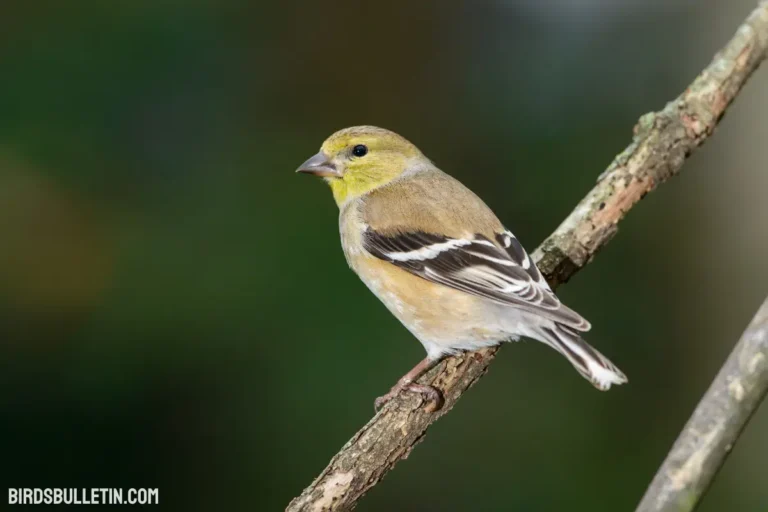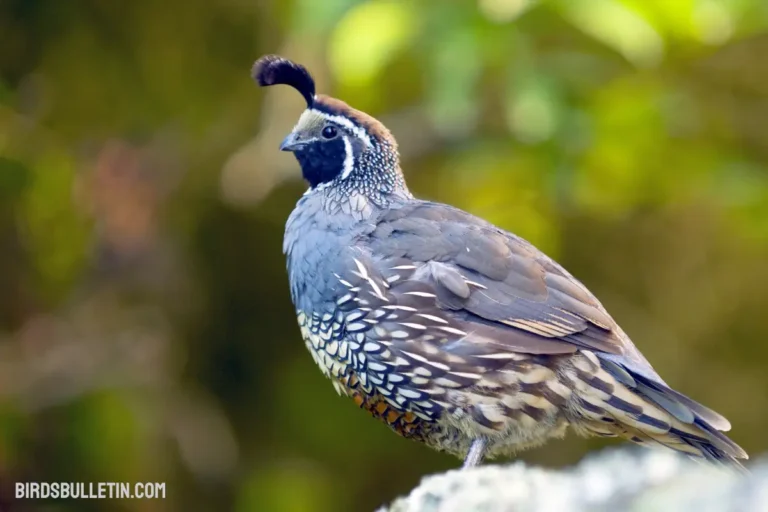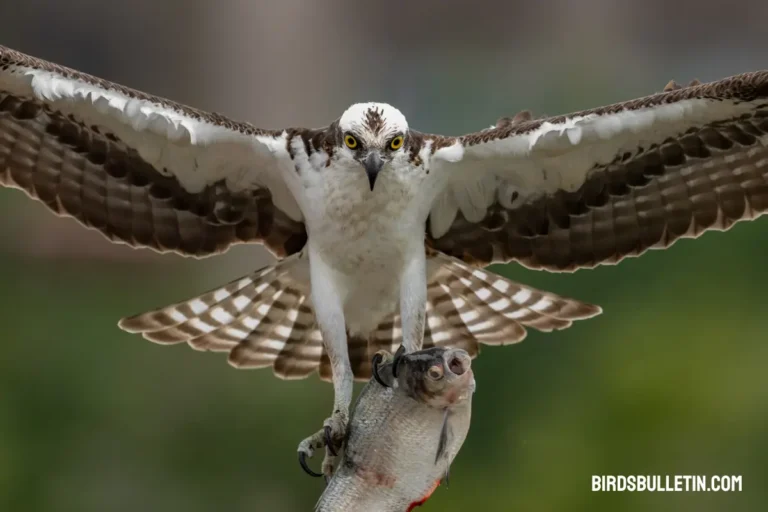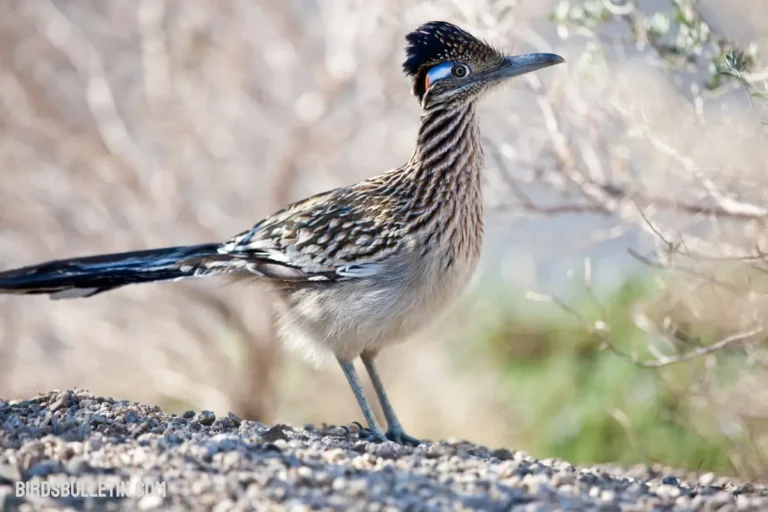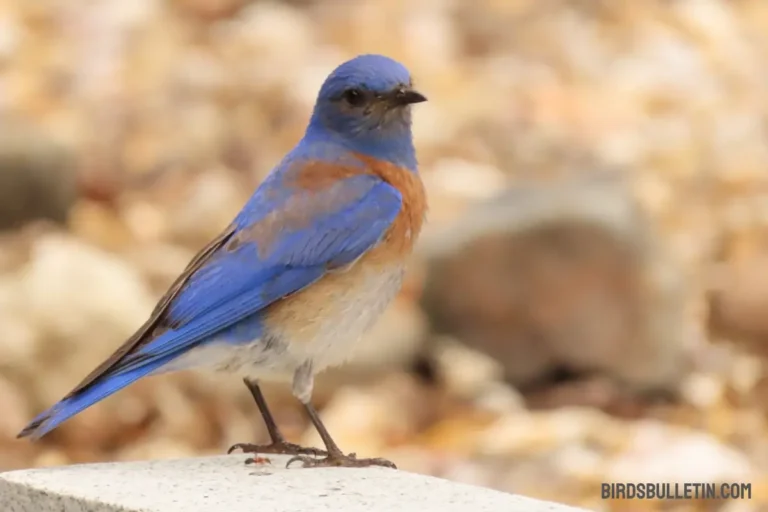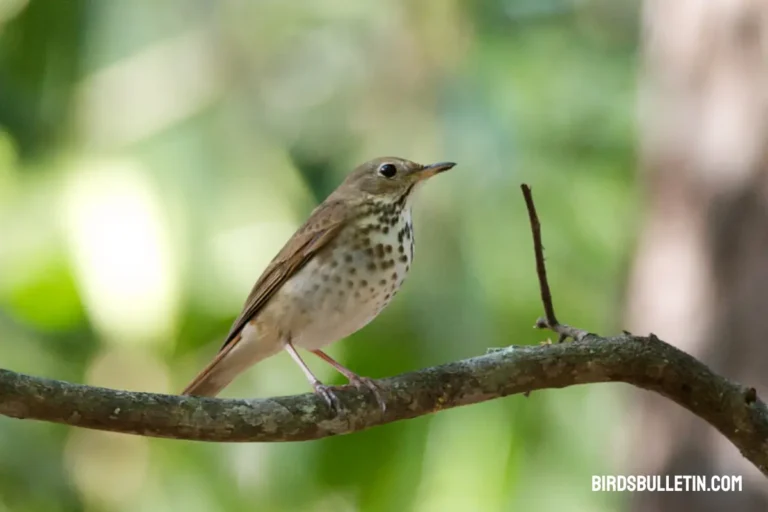Western Meadowlark: Subspecies And More
The Western meadowlark was first formally described in 1844 by the renowned American ornithologist John James Audubon, who gave it the binomial name Sturnella neglecta. Despite having “lark” in their common name, Western meadowlarks are not true larks, but rather members of the New World blackbird family.
This is a medium-sized, beautiful songbird found in grasslands across western North America. With its cheery flute-like song and flashy yellow breast, this bird brings music and color to the prairies and farms where it makes its home. Let’s take a closer look at this iconic species.
Want to learn more about Birds Overview:
What Are The Identifying Features Of The Western Meadowlark?
The Western meadowlark has a stocky body with long legs, a short tail, and a long pointed bill. Adults have brightly colored plumage, with a black “V” shape across the bright yellow chest and white outer tail feathers that are visible during flight.
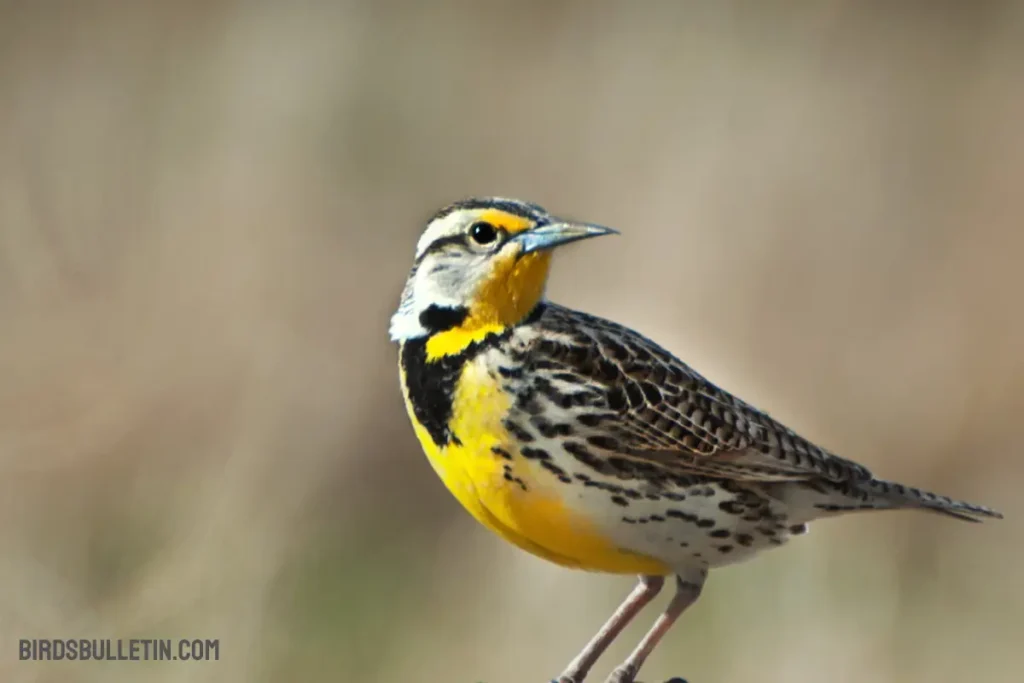
Their heads are striped with black and yellow, with a pale yellow eyebrow stripe. Males and females look similar, though females are slightly less colorful. Juveniles are duller overall, with buff and gray streaking instead of the black “V”.
The song is one of the easiest ways to identify these birds, as their flute-like warbling is louder and more complex than other meadowlark species. The song varies regionally across populations. Visually they can be confused with the closely related Eastern meadowlark, which has a flattened and wider yellow chest patch with different malar stripe patterns.
Western Meadowlark Profile
| Feature | Description |
|---|---|
| Scientific Name | Sturnella neglecta |
| Alternative Names | Western field lark, western lark |
| Color | Yellow breast with black V shape, white outer tail feathers, striped head |
| Lifespan | 5-6 years normally, up to 7 years recorded |
| Wingspan | 16 inches |
| Weight | About 3-4 oz |
| Size | 6-10 inches long |
| Diet | Insects, seeds, spiders |
| Breeding Season | Late April to early July |
| Eggs Laid | 5-6 eggs normally |
| Locations | Grasslands of western N. America |
| Threats | Habitat loss, pesticides, climate change |
| Predators | Hawks, falcons, coyotes, snakes |
| Prey | Insects, spiders, snails, seeds |
In What States Is the Western Meadowlark the Official State Bird or Symbol?
The melodious Western meadowlark is the official state bird of six western states:
- Montana – officially adopted in 1931
- Kansas – officially adopted in 1937
- Nebraska – officially adopted in 1929
- North Dakota – officially designated in 1947
- Oregon – officially adopted in 1927
- Wyoming – officially adopted in 1927
This songbird’s pleasing song and bright yellow plumage make it a natural choice to represent the grasslands and prairies of America’s Great Plains and West. The Eastern meadowlark represents many of the midwestern and eastern states similarly.
Is The Western Meadowlark One Species or Many Subspecies?
Two subspecies of the Western meadowlark are currently recognized:
01. Sturnella n. neglecta Audubon, 1844 – Found across the southwest and south-central Canada through the western United States, excluding the Pacific Northwest coast. Its range extends south to central Mexico. (Common Subspecies)
02. Pacific Northwest Meadowlark (S. N. confluenta) Rathbun, 1917 – Coastal subspecies found from southwest British Columbia to Oregon.
Though their breeding ranges overlap, Western and Eastern meadowlarks only occasionally interbreed, and resulting hybrid young appear to have low fertility.
How Large Is the Global Population of Western Meadowlarks?
The global population of Western meadowlarks is estimated at around 100 million individuals. They are considered common to abundant throughout most of their breeding range. However, some local declines have been noted, especially in Mexican populations.
Overall population trends can be difficult to precisely track for this species due to its extensive range across varied habitat types. Breeding Bird Survey data provides an index of population change rather than exact figures.
Between 1966 and 2019, survey data showed a 44% decline in Western meadowlark numbers. More research is needed to confirm precise population sizes and trends.
When And Where Does the Western Meadowlark Migrate?
The Western meadowlark is a short- to medium-distance migrant, traveling between breeding and wintering grounds depending on the region. Northern populations are strongly migratory, moving south to avoid harsh winters. Southern populations may not migrate at all.
They breed across western North America from Alaska and Canada south to Mexico. Northern breeders migrate south to the southern U.S., Mexico, and Central America to overwinter. Migration peaks in March-May and September-November. Some juveniles exhibit elliptical or irregular migration patterns.
What Behaviors and Adaptations Help the Western Meadowlark Thrive?
Western meadowlarks are well adapted to life in open grasslands. They build domed nests on the ground hidden in dense vegetation, protecting eggs and chicks. When threatened, they may use distraction displays, injury feigning, or loud alarm calls to divert predators.
Their diet consists mainly of insects and seeds foraged from the ground. Their long-pointed bills are adapted for probing in soil. To survive cold winters, they switch to eating more seeds and will burrow into the snow for insulation while roosting.
Meadowlarks have an elaborate repertoire of songs, calls, and non-vocal sounds used to attract mates and defend territories. Their melodious warbling establishes breeding territories and attracts mates. Their cryptic plumage helps camouflage them in prairies. They perch atop bushes, posts, and fences to survey their territory and escape ground threats.
How Have Humans Connected with The Western Meadowlark?
Western meadowlarks have an important place in many regional cultures. Their song symbolizes the spirit of the American prairies. Their image graces state flags, university mascots, and sports team logos. Kansas even declared the Western meadowlark to be the official March state bird to celebrate its return and song that month.
Farmers enjoy the meadowlark’s consumption of crop pests but are less appreciative of foraging damage to planted fields. Poems and songs celebrate its pleasant melody and bright plumage.
Meadowlarks served as inspirational symbols for writer Willa Cather and musician Jimmie Rodgers. More recently, birders, photographers, and naturalists have connected with meadowlarks through the simple joy of observing them gliding above grassy fields.
What Conservation Issues Currently Impact Western Meadowlarks?
The conversion of native grasslands to farms, ranches, and development has significantly reduced suitable habitat for Western meadowlarks. They’ve adapted to using pastures and hayfields but avoid row crops and heavily grazed areas. Further habitat loss could increase population declines.
Pesticides reduce insect prey and can directly poison birds. Climate change may increase drought stress and severe weather impacts on breeding success. Collisions with vehicles and towers are other concerns.
Protecting large grassland areas and managing land sustainably will be key for meadowlark conservation. Public education and funding for habitat programs can help.
What U.S. Laws Protect Western Meadowlarks?
Western meadowlarks are protected in the U.S. by the Migratory Bird Treaty Act of 1918. This law makes it illegal to harm, kill, or possess meadowlarks and their nests and eggs without permits. The Act was enacted to implement agreements between the U.S., Canada, Mexico, and later Japan to protect shared migratory bird species.
They are also covered under the Bald and Golden Eagle Protection Act which further prohibits disturbing or destroying meadowlark nests. Strict enforcement of these laws helps conserve meadowlark populations and habitats.
State and local regulations may also apply. Responsible birdwatching, farming, land management, and enforcing these laws aids meadowlark conservation.
Frequently Asked Questions
01. Is the Western Meadowlark’s song the same across all regions?
No, the Western Meadowlark’s song varies across different regions. While the basic melody is similar, subtle differences in notes and patterns exist, leading to distinct regional variations in its song.
02. How do Western Meadowlarks adapt to urban environments?
Western Meadowlarks are adaptable birds that can thrive in a variety of habitats, including agricultural fields and urban grasslands. They adjust their foraging behavior and nesting sites to coexist with human activities.
03. Where do Western Meadowlarks live?
Western Meadowlarks breed in open grasslands across western North America from Alaska to central Mexico. Some northern populations migrate south for the winter.
04. Why are Western Meadowlarks important?
These birds play important roles in their prairie ecosystems. They consume insects and weed seeds, help disperse seeds, and provide food for predators. Their songs brighten grasslands. They have cultural symbolism across the western states.
Final Word
The Western meadowlark remains a beloved icon of the western plains and grasslands. As pressures on its native habitat continue, thoughtful management and conservation will be needed to preserve populations of this cherished songbird into the future.
The meadowlark’s melodious song reminds us of the beauty worth protecting in America’s wide-open spaces.
References
- Sibley, D. A. (2000). The Sibley Guide to Birds. Alfred A. Knopf.
- Kaufman, K. (2000). Lives of North American Birds. Houghton Mifflin Harcourt.
- National Audubon Society. (n.d.). Western Meadowlark. Retrieved from https://www.audubon.org/field-guide/bird/western-meadowlark.


